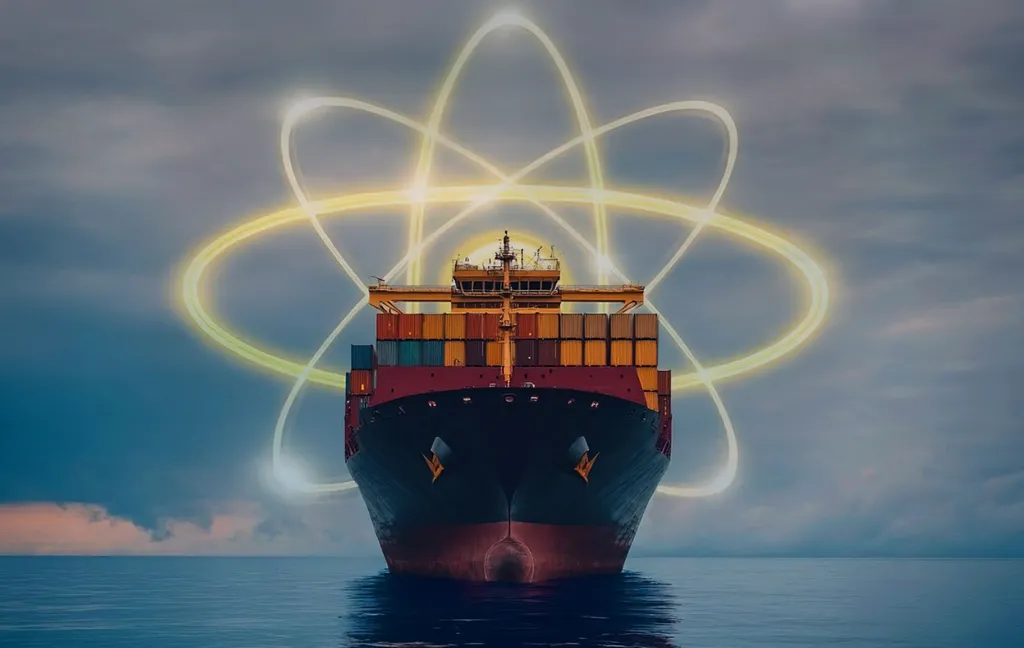Lloyd’s Register (LR) has just dropped a 63-page roadmap for nuclear-powered shipping, and it’s a game-changer. The report, *Navigating Nuclear Energy in Maritime: Initial considerations for nuclear ships and offshore*, doesn’t just nod at nuclear as a future option—it lays out a clear path for integrating small modular reactors (SMRs) and other nuclear tech into commercial fleets and offshore assets. This isn’t sci-fi; it’s a practical playbook for a sector racing to hit net-zero.
LR didn’t go it alone. The report, developed with Global Nuclear Security Partners (GNSP) and marine insurer NorthStandard, tackles the elephant in the room: regulation. Right now, there’s no international framework for nuclear ships. The report calls out key bodies like the IMO and IAEA, urging them to harmonise maritime and nuclear standards—because without alignment, progress stalls.
Mark Tipping, LR’s global power director, cuts to the chase: “Nuclear energy has the potential to transform maritime, providing a scalable and zero-carbon energy source that can accelerate the industry’s energy transition. However, its adoption requires clarity, collaboration and trust across regulators, operators, insurers and wider society.” That’s the crux of it. Nuclear isn’t just a technical challenge; it’s a trust issue. Public perception, insurer appetite, and regulatory confidence all need to align.
Nick Tomkinson, senior partner at GNSP, reinforces this: “Maritime nuclear will only succeed when safety, security and safeguards are considered together from the start.” His point? You can’t bolt safety on later. It’s got to be baked in from day one, especially when goal-based approaches replace prescriptive rules.
Then there’s the insurance angle. Helen Barden, NorthStandard’s director of external affairs, highlights the gaps: “We collaborated with Lloyd’s Register to explore the insurance and reinsurance considerations for nuclear energy—particularly the interlink between classification and insurance, current P&I limitations around pooling nuclear risks and the importance of liability frameworks.” Translation? Insurers are watching, but they need clear frameworks to underwrite nuclear risks. Without them, the industry risks stalling before it even starts.
This report isn’t just a call to action—it’s a blueprint. It spells out the steps project teams must take, from regulatory hurdles to financial feasibility. And it’s a shot across the bow to the IMO and IAEA: the industry is moving, and it needs a regulatory framework to match.
The maritime sector is at a crossroads. Nuclear power could be the zero-carbon lifeline it needs, but only if the industry, regulators, and insurers work together. LR’s report isn’t just a guide—it’s a challenge. Will the sector rise to it?

